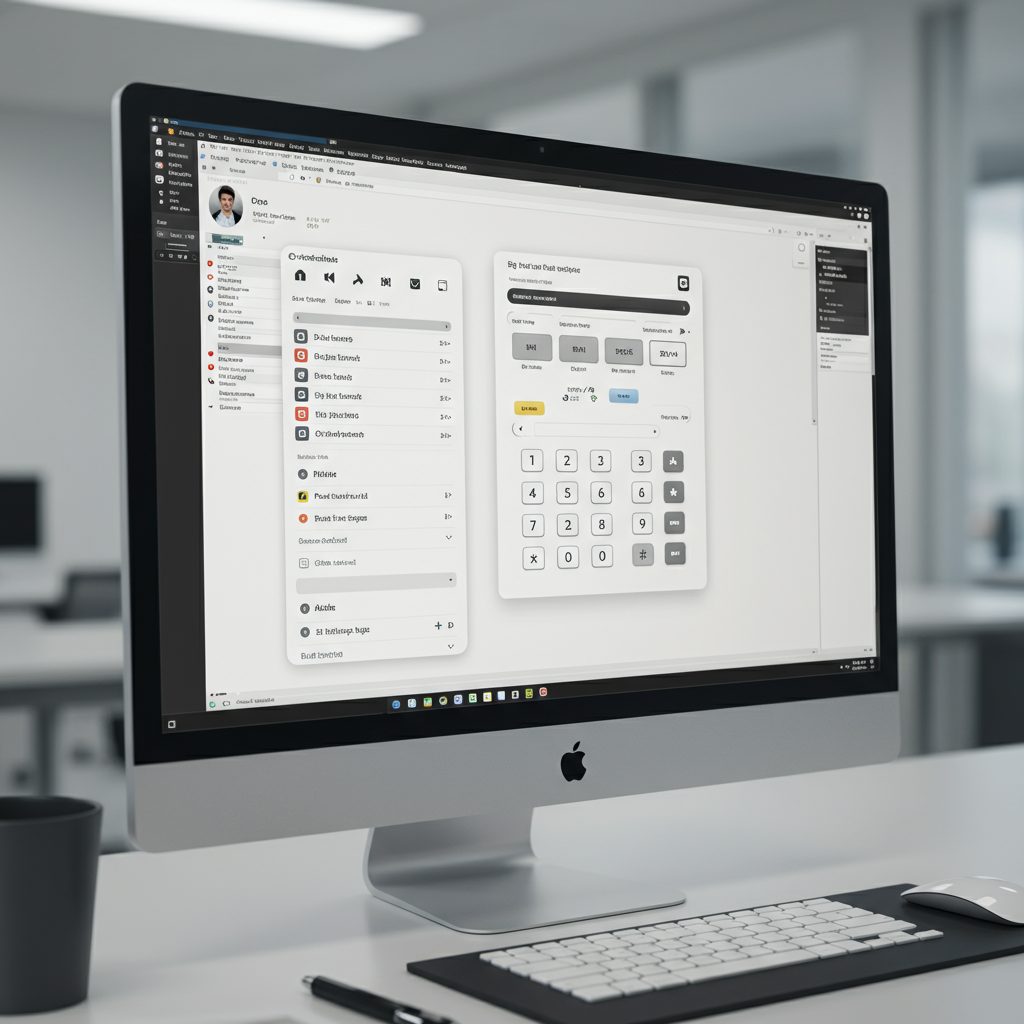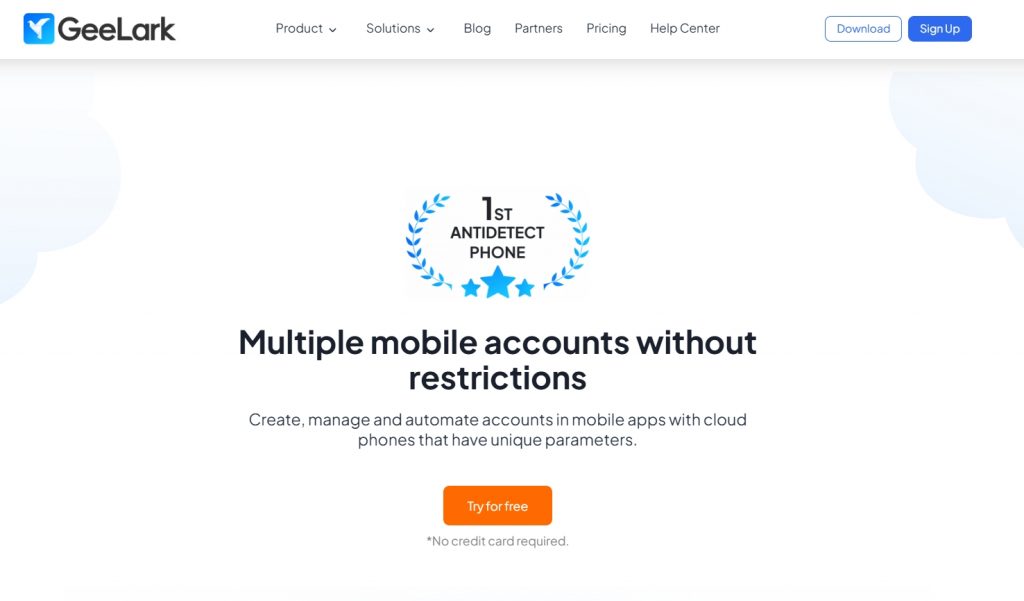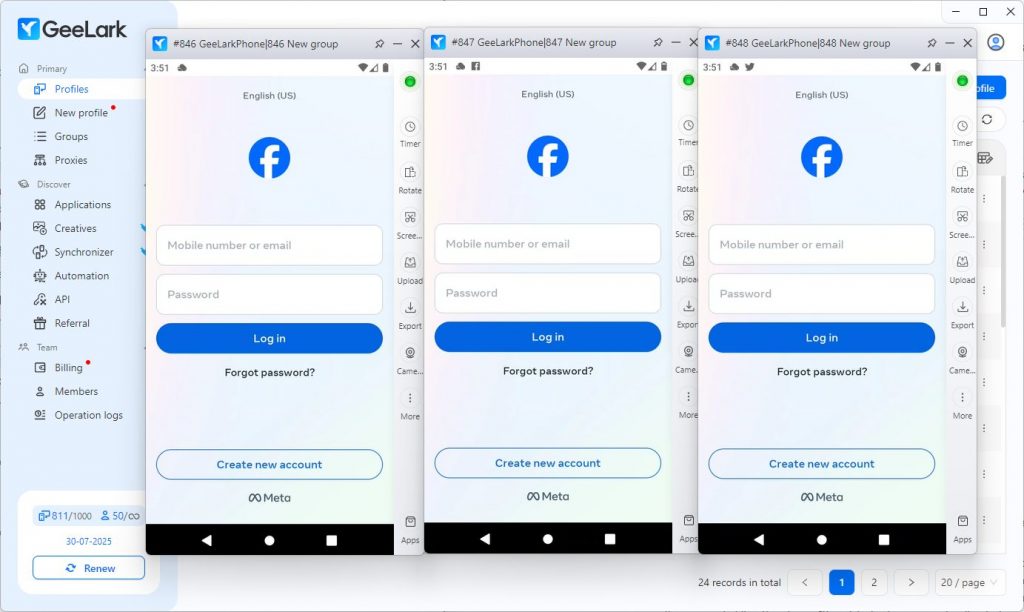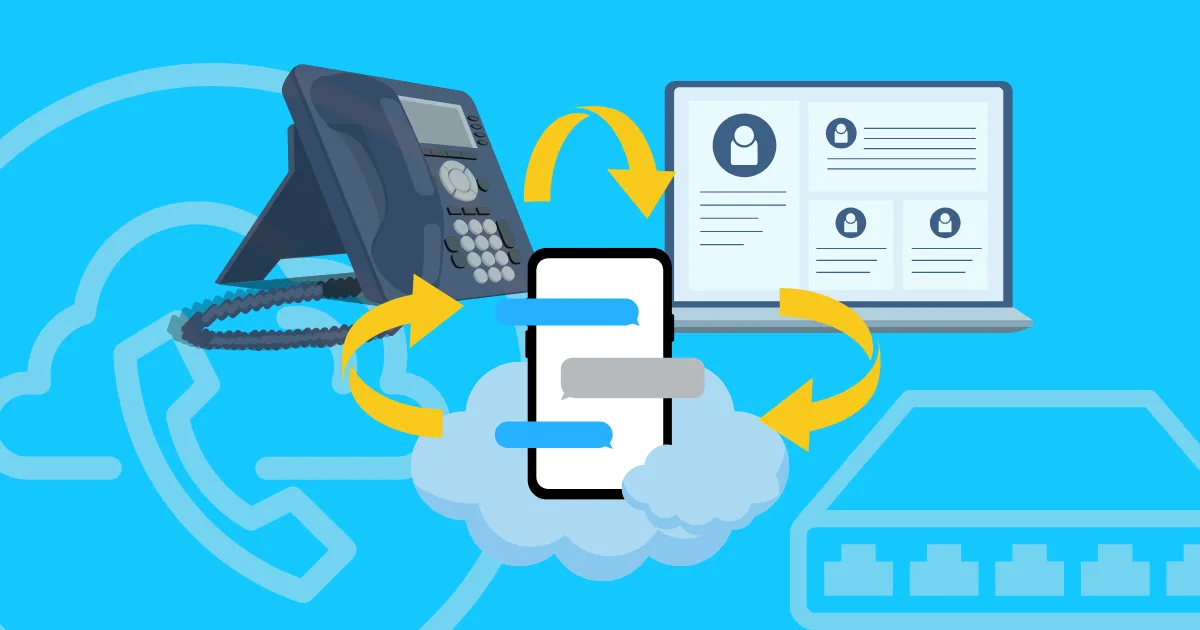What is a Remote Phone System? And Do You Need a Cloud Phone?
How we work and talk to each other is changing fast. Working from anywhere is more common than ever. Businesses are looking at their communication tools, especially their remote phone systems. But what if regular remote phone systems aren’t enough for your business? What if there was something better, more flexible, and more suited for today’s digital world?
What Are Remote Phone Systems?
A “remote phone system” is a set of communication tools that lets people and businesses make and take professional calls without needing physical desk phones. It turns your office number into a portable asset, usable on devices like laptops, tablets, or smartphones, anywhere you are. It frees your business communications from a fixed office. These systems often use advanced technology for smooth operation. Key technologies include:
VoIP (Voice over Internet Protocol): This foundational technology is crucial, as it routes your voice communications digitally over the internet rather than relying on outdated, conventional analog phone lines. This digital transmission allows for greater flexibility, scalability, and often, superior call quality and cost efficiency.

Softphones: These are innovative software applications that effectively emulate the full functionality of a physical telephone directly on your computer or other internet-connected device. They provide a user-friendly interface for dialing, receiving calls, managing contacts, and accessing various call features, all without requiring dedicated hardware.

Mobile Apps: A significant number of modern business phone service providers now offer dedicated mobile applications specifically designed for installation on your personal smartphone. This feature is particularly valuable as it allows you to maintain a clear and professional separation between your work-related calls and your personal communications, ensuring privacy and organization while on the go. These apps often include features like call forwarding, voicemail management, and team collaboration tools, extending the reach of your office phone system directly to your pocket.
Good Things About Remote Phone Systems
For many businesses and their remote teams, these systems are great because they offer flexibility, allowing employees to work from anywhere and still receive business calls. They also help save money by eliminating the need for expensive landlines or old phone equipment. These systems typically include basic features like call forwarding, voicemail sent to email, and team messaging, and are usually easy to set up, requiring only an internet connection and a device. They are beneficial for customer service, sales teams, and general business communications, helping everyone stay connected regardless of their location.
- Flexibility: Employees can work from home, a coffee shop, or while traveling, and still get calls on their business line.
- Save Money: You don’t need expensive landlines or old phone equipment.
- Basic Features: They often have features like call forwarding, voicemail sent to email, and team messaging.
- Easy Setup: Usually, you just need internet and a device.
They are good for customer service, sales teams, and general business talks. They help everyone stay connected, no matter where they are.
Where Regular Remote Phones Are Not Enough
Regular remote phone systems are excellent for basic communication. However, they fall short when your work demands more than just a phone call. This includes managing multiple online accounts, each requiring a distinct identity, checking how websites or apps perform on various mobile devices, accessing services or data exclusively available through specific mobile apps or phone types, or dealing with security checks that identify your device rather than just your internet address. In these scenarios, traditional remote phone solutions are inadequate because they don’t provide a true remote device; you’re still using your personal computer or phone with its unique digital footprint. For advanced users or specific business needs, this limitation can be a significant problem.
- Managing many different online accounts, each needing its own identity
- Checking how websites or apps look and work on different mobile devices
- Getting to services or data that are only available through a specific mobile app or on a certain type of phone
- Dealing with security checks that try to identify your device, not just your internet address
This is where regular remote phone solutions stop working well. They don’t give you a real remote device. You are still using your own computer or personal phone, which has its own unique digital footprint. For advanced users or specific business needs, this can be a big problem.
Introducing GeeLark: The Cloud Phone System
GeeLark fills this gap with its new “cloud phone” system. Unlike a regular remote phone system that just gives you a phone line or app, GeeLark offers something much more powerful: a fully virtual, dedicated mobile phone that lives in the cloud. Imagine having many real Android smartphones, each completely separate from the others, sitting in a data center. You can control them all from your computer. That’s what GeeLark gives you!

GeeLark’s way is very different from a softphone or a simple internet phone app. It’s about giving you an entire Android device, not just a remote line.
A Full Mobile Environment
Each GeeLark cloud phone is like an Android phone. It acts just like a real Android phone. This lets you go online using a mobile browser, download and install apps from the Google Play Store or other places, and use apps as if you were holding the phone. It’s not just a browser pretending to be a phone; it’s a complete mobile operating system

True Device Privacy and Identity
This is where GeeLark is great for advanced uses. Each cloud phone has its own unique digital identity, or “fingerprint,” including:
- IMEI: A unique serial number for the phone itself.
- MAC Address: A unique ID for the phone’s network hardware.
- Operating System Version: You can pick different Android versions.
- Screen Size, Battery Level, RAM, CPU: All these details are random and unique for each cloud phone. This makes it look like a truly different device to websites and apps.
- No Link to Your Real Device: Your personal computer’s identity is never shown.
Easy Proxy Use
While GeeLark gives you the device, you’ll still want to control your internet location. GeeLark works smoothly with proxies (like home or mobile proxies). This lets each cloud phone appear to be working from a different internet address and place. This is important for managing many accounts or getting around location limits.
Better Than Anti-Detect Browsers
You might have heard of “anti-detect browsers” that help hide your online identity. GeeLark’s cloud phones take this idea further: Anti-detect browsers mainly focus on making your desktop or mobile browser look different by changing browser identities. GeeLark’s antidetect phones work as a whole mobile operating system. This lets you use mobile apps directly. Mobile apps often use different ways to detect devices than websites. So, GeeLark is great for tasks that need deep mobile interaction. This includes managing many social media accounts, running mobile ads, or getting advanced data from mobile-only content.











